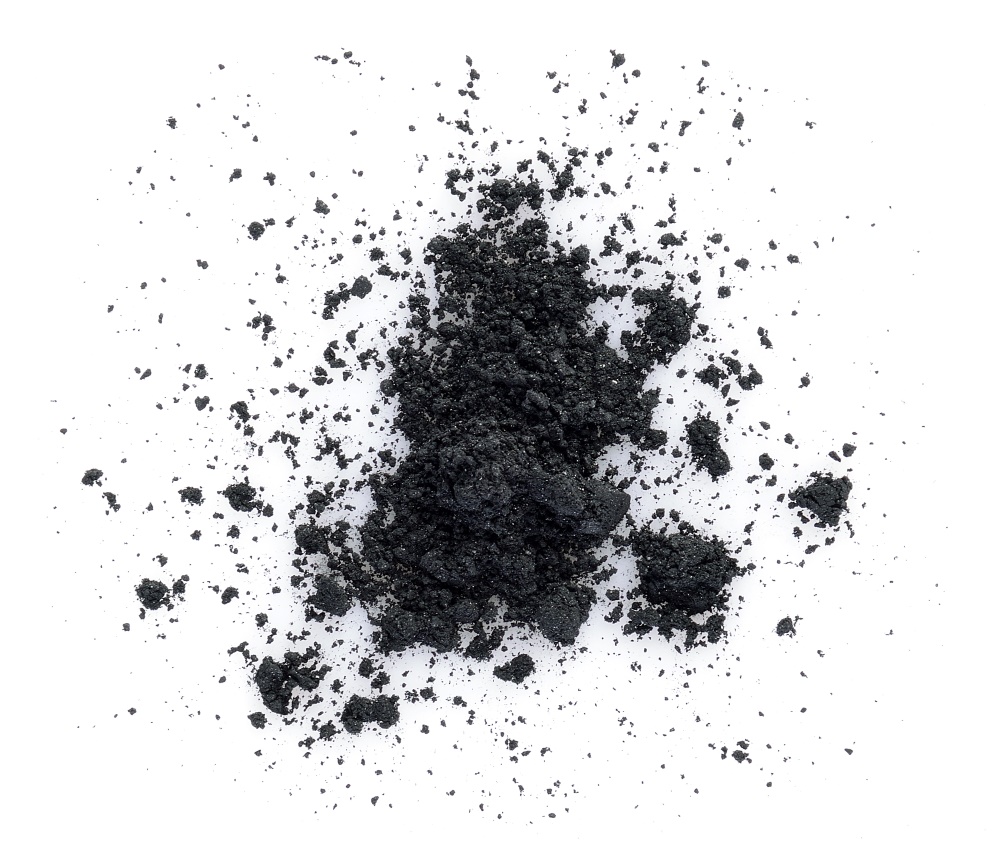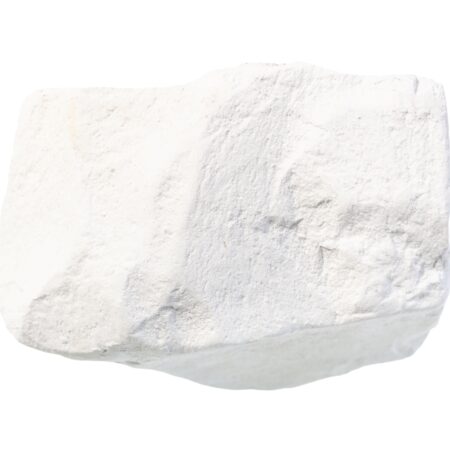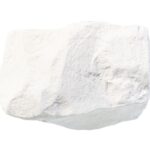Description
Flying ash is a fine, powdery residue that is carried up into the air during combustion processes, particularly in industrial facilities such as coal-fired power plants. It consists of fine particles of ash that are too light to settle down immediately and are carried away by air currents.
Uses of fly ash include:
- Concrete Production: Fly ash is commonly used as a supplementary cementitious material in concrete production. It serves as a partial replacement for Portland cement, enhancing the workability, durability, and strength of concrete while reducing the amount of cement required.
- Construction Fill: Fly ash is utilized as a fill material in construction projects such as road embankments, structural fills, and land reclamation. Its pozzolanic properties help improve soil stabilization and reduce settlement.
- Brick Manufacturing: Fly ash is incorporated into the production of bricks and blocks to enhance their strength, reduce shrinkage, and improve their resistance to environmental factors such as frost and corrosion.
- Soil Amendment: Fly ash can be used as a soil amendment to improve soil fertility and structure. Its alkaline nature helps neutralize acidic soils and provides essential nutrients such as calcium and magnesium.
- Geotechnical Applications: Fly ash is used in various geotechnical applications such as soil stabilization, backfill material for retaining walls, and embankments due to its engineering properties and cost-effectiveness.
- Waste Stabilization: Fly ash can be used for stabilizing and solidifying hazardous waste materials, reducing leachability and controlling the migration of contaminants.
- Mine Reclamation: Fly ash is utilized in mine reclamation projects to reclaim disturbed land and restore ecological balance. It helps in stabilizing mine tailings and improving vegetation growth.
Overall, fly ash is a versatile material with numerous beneficial uses in construction, agriculture, environmental remediation, and other industries. Its utilization helps reduce environmental impact by recycling industrial by-products and conserving natural resources.












